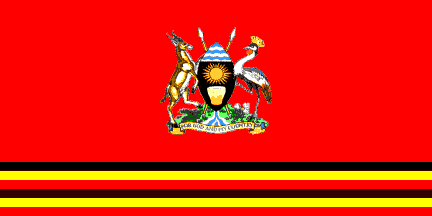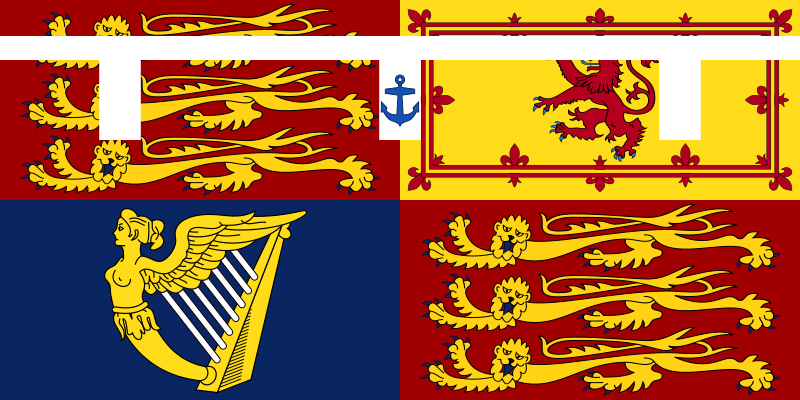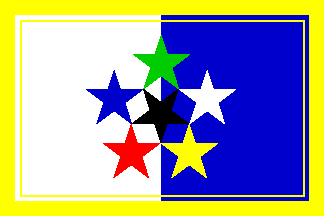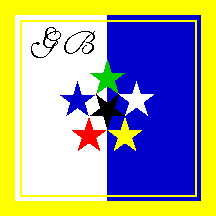I have a few designs for a new Northern Ireland Flag. To see them and the NI flag issue click
here. This is my latest idea. It really came out of the bloom. After the Northern Ireland International Football team's fantastic 1-1 draw with Portugal a couple of weeks ago, me and my mates decided to go over to Belfast to cheer our boys against Azerbaijan next month. Someone said to me if I would design a flag to take with us. Centre to this design was the badge of the Northern Ireland Team:
As you can see it is a celtic cross based design. Celtic cross are an ancient and historic symbol they are common throughout Ireland and to a lesser extent Scotland. In Northern Ireland they are often a Nationalist symbol however as with the example above it can sometimes creep into unionist symbols (the NI team is mostly supported by unionists) and other symbols. For example the £1 coin minted in 2001 has a celtic cross and flax to symbolise NI:
An attempt at a neutral NI flag alternative design by the Flag Institute from 1998, not the best design but it does try to use the celtic cross:
Looking at my football supporter flag I thought it wouldn't be a bad idea to use the design as for new official NI flag. The coat of arms which I thought up after the flag is a break from traditional British and European heraldry as its not the usual shield,helm and crest design:

I have tried to include all the appropriate symbols of Northern Ireland in these arms. Central to the design is the celtic cross, with a red hand of Ulster in a hexagon. The hexagon can symbolise both the six NI counties and the Giant's Causeway World Heritage Site. There are shamrocks a traditional symbol of Ireland on the tips of the cross, which again is mostly nationalist but often creeps into Unionism, for example the Irish Guards and Royal Irish Regiments of the British Army often wear shamrocks. the text around the circle is Northern Ireland Assembly in the cultural languages of the two communities. Although English is the official and spoken first language many in both Protestant Unionist and Catholic Nationalist communities also speak their own historical language or dialect. On the top is the Ulster dialect of Scots, 'Ullans' also known as Ulster-Scots, the dialect spoken by many Protestants many of Scots decent. The bottom is Irish Gaelic, official first language of the Irish Republic and spoke by some Catholics many of Gaelic descent. These two languages are included to identify with the background and culture of the two main communities in NI. The crest is the current
flax flower logo of the NI Government with a maid of Erin harp in the centre. I must admit that the crest wasn't my idea but I adopted it from another alternative NI coat of arms as I think it works excellently. The bottom has
Saint Patrick's Saltire. St Patrick is the patron saint of Northern Ireland and this design also represents NI on the
Union Flag and is often seen as neutral so it makes sense to include it. The fact that it is in the form of a medal is only decorative and is not a copy of any medal or order that might compromise its neutrality that I am aware of (although I did get the idea from looking at the regalia of the now extinct
Illustrious Order of St Patrick). Around the celtic cross is a laurel wreath representing the pace progress and the hope for continued peace. On the wreath are six flax flowers representing the six counties which form Northern Ireland. The motto Pax atque Procursu is Latin for Peace and Progress.
The flag is below:
It is a blue, green, blue tricolour with white lineage and a simplified version of the coat of arms. In the centre. The colours I specifically chose as they are traditional Irish colours and used in this way I think both communities can identify with them.
The great thing I like about this design is that it can so easily be included in many badges of government and emergency services. For example for a department of regional government can use the centre celtic cross design, keeping it Ullans and Gaelic text stating NI Assembly. But have the department name around it in the three languages. For example here is how the badge of the Department of Flags and Emblems(there is no such department but I think there should be ;) this is only an example) would look:
This type of design could be used through out the Belfast Government, perhaps changing the colour scheme for individual departments. It is a lot more interesting than the current standard department badge:
The Police Service of Northern Ireland (PSNI) flag is a rifle green (or bottle green as the PSNI calls it obviously not trying to sound to military) field reflecting their uniform with the police badge on it. This is the only flag used at police stations in NI:
This proposed NI flag can easily be altered slightly for important services like the police. Below is my design for a PSNI flag:
The shade of green used on the national flag has been altered to 'bottle green' for the police flag. Unlike the other designs I am about to show I have not altered or changed the police badge. The reasons for this being, it was painstakingly designed to be acceptable both communities and I think it does it rather well.
The next badge is that of the Northern Ireland Fire & Rescue Service(NIFRS). Although I am not aware of any calls to change the badge of the NIFRS it is a little out dated in that it has the six pointed star and red hand from the old
NI coat of arms.
With the new NI flag I have proposed this is not suitable, although the changes I did make was only to replace the hand and star with the celtic cross design:
I also changed the green in the design to a much darker shade. The Ullans and Gaelic text on the design loosely translates to Fire & Rescue. The flag is very much like the PSNI flag:
Again it incorporates the NI flag design but with the badge in the middle and a darker shade of green from the badge. This is actually a darker shade than I used in the police flag, but one could be forgiving for thinking at first glance they are the same shade. So to make it more distinguishable I included four red stripes, which represent the four NIFRS 'Command Areas' (Northern, Southern, Western and Eastern)
Next up is the Ambulance Service. Which doesn't really need a change as it is neutral.
But although it is obviously a medical themed badge it is the Northern Ireland Ambulance Service and I don't think the badge reflects the Northern Ireland at all. So I 'improved' it by merging it with the celtic cross design. Which was actually an accident but thought it looked OK and decided to keep it.
The flag is yes based on the NI flag proposed on this blog but with the ambulance badge on it and a different shade of green (can you see a pattern? lol)
The pale shade of green comes directly from the NI Ambulance Service badge.
The next is the Prison Service. The prisons in Northern Ireland are ultimately the responsibility of the Northern Ireland Justice Minister as they have been devolved to the regional NI government. However they use the title of 'Her Majesty's Prison.' For example Magilligan Prison is called HM Prison Magilligan and the badge on the Prison warden uniform reads HMP.

The fact of the matter is most prisons in the United Kingdom are now the responsibility of regional and local government and hence no longer use this badge, which was used when all UK prison when they were all the responsibility of central government in London. Although granted a lot of prisons are still called HM (Name) Prison. There were proposals for the NI Prison service to be formally called 'NI Prison Service' and have its own badge although these were quickly shelved after the first minister threatened to resign over it as unionists and prison staff wanted to keep the title HMP. Although the fact is very few prisons on the UK mainland never mind NI use this badge so I do think it is unavoidable that the badge if not the name will change some time in the future. So here is my take on a badge:

I kept the eight pointed star design although so not to confuse it with the police I used the one the NIFRS use. The green has been replaced with a light blue. The words in Ullans and Gaelic translate to Prison Service. Of course for unionists the formal name that appears on documents and the like could be HM Northern Ireland Prison Service, but for simplicity on the badge I just used Northern Ireland Prison Service. The flag is:
This flag is slightly different as unlike the other ones the shade of green has not changed. What has changed is the shade of blue to match the badge.
I also believe that the coast guard will also be devolved in the future, probably to try and cut costs if for nothing else. Currently the coast guard in NI is the UK HM Coastguard and is the ultimate responsibility of the Maritime and Coastguard Agency in London. Most sea rescues are actually carried out by the volunteer lifeboat crews of the
RNLI, however these are always coordinated by the local coast guard station. There are some coast guard boats in NI waters and there are many shore teams for rescues around the many cliffs and dangerous spots of our shore, The coast guard call centres take many emergency calls and pass it to the control centre who dispatch a coast guard team, lifeboat or call for a helicopter form the Irish Coast Guard or Royal Navy depending on the nature of the operation (there are no HM Coastguard helicopters in NI.)
So here is my attempt for an Northern Ireland Coast Guard badge if/when the HM Coastguard is devolved:
This is based on
maritime heraldry with a rope circle and nautical crown. However so it is not confused with a Royal Navy ships badge the nautical crown is a the base, where the NI crest of the flax flowers and harp is at the top. As you guessed the text in Ullans and Gaelic translates to Coast Guard.
The flag is a different topic to the others as unlike the others it would be used at sea and maritime law is very strict on flags. So like it or not it would probably have to be a British Blue ensign (as it would be a government vessel) deface with the badge. Although I would use the celtic cross design with the letters 'CG' rather than the full coat of arms.
However shore establishments probably use a house flag rather than the ensign used by vessels. The house flag would probably be more common as stated before the CG mostly dispatch and coordinate the RNLI and therefore don't have too many boasts. The house flag is different form the other flags as it is not based on the proposed NI flag:
It is a St Patrick's Saltire with the letters 'CG' at the hoist and fly. An anchor at the bottom and the NI Crest at the top. The reason I used the crest rather than the celtic cross design in the ensign is because the crest stands out more against the white field.
All the proposals are my designs. Your thoughts and comments are welcome


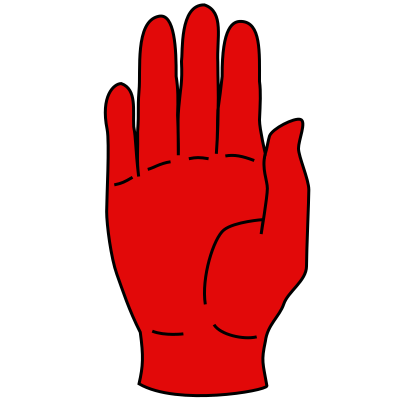





























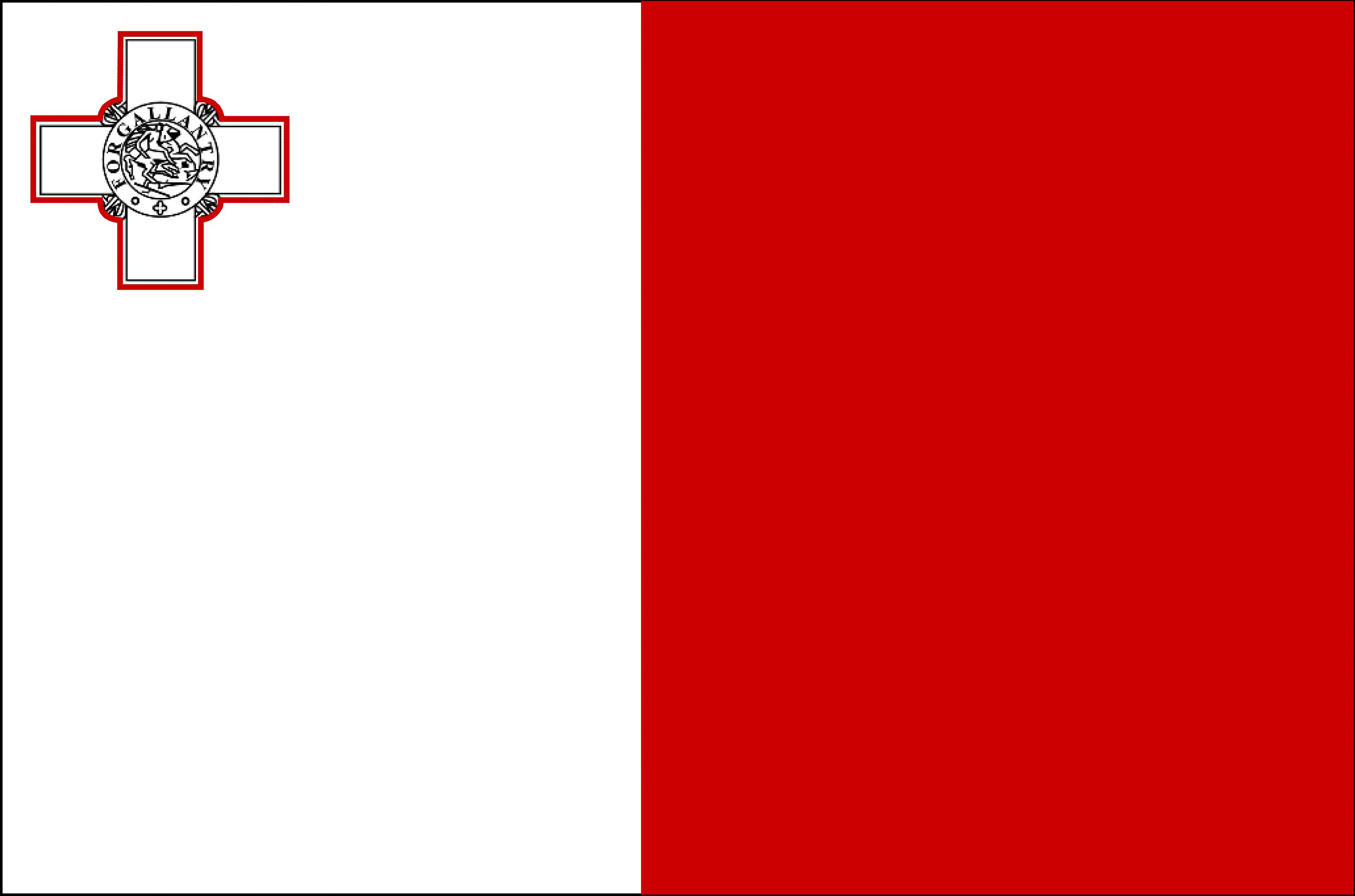













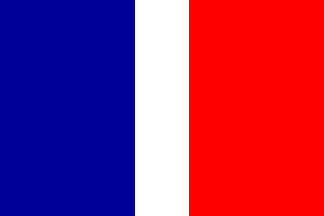
![[Car flag]](http://www.crwflags.com/fotw/images/f/fr-prmic.gif)
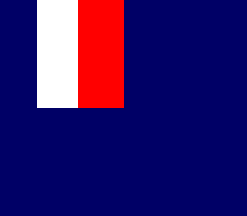
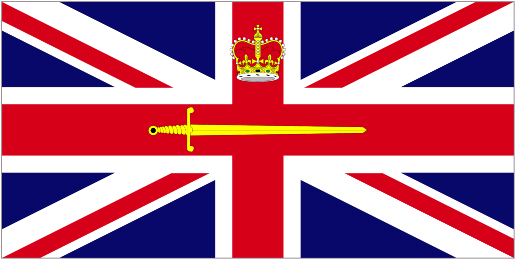
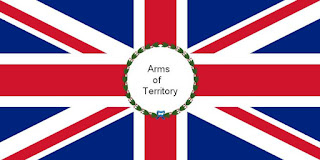
![[General of the Army flag]](http://www.crwflags.com/fotw/images/u/us%5Ear5s.gif)
![[Army General flag]](http://www.crwflags.com/fotw/images/u/us%5Ear4s.gif)
![[Army Lieutenant General flag]](http://www.crwflags.com/fotw/images/u/us%5Ear3s.gif)
![[Army Major General flag]](http://www.crwflags.com/fotw/images/u/us%5Ear2s.gif)
![[Army Brigadier General flag]](http://www.crwflags.com/fotw/images/u/us%5Ear1s.gif)
![[Flag of President of Iceland]](http://www.crwflags.com/fotw/images/i/is-pres.gif)


